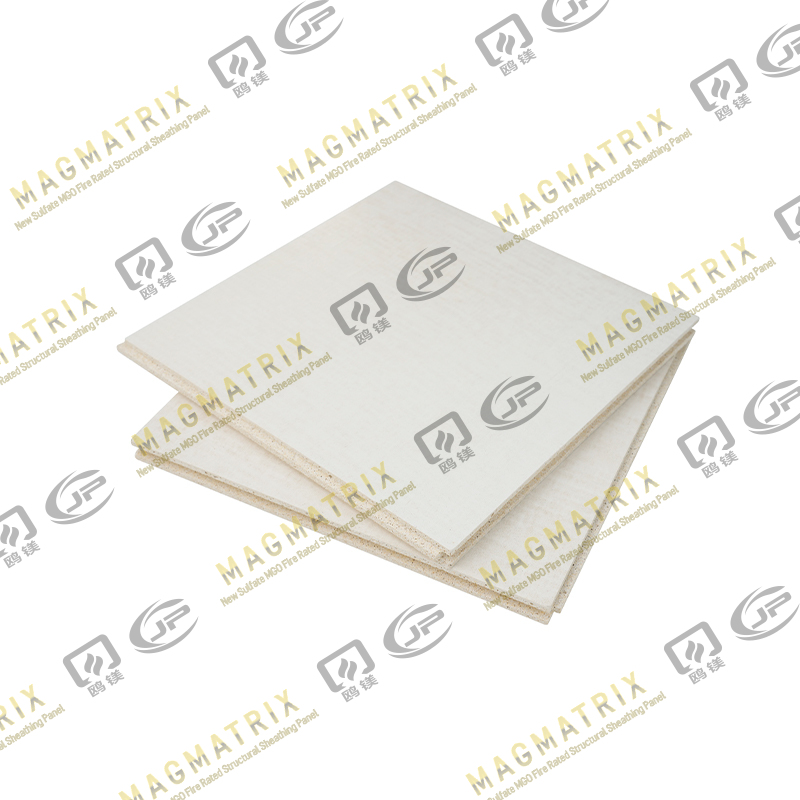Magnesium oxide (MgO) underlayment panels are becoming increasingly popular in modern construction due to their fire resistance, moisture tolerance, and dimensional stability. They are often used as subfloors, wall panels, and ceilings, providing a durable and eco-friendly alternative to traditional plywood or cement boards. While these panels are primarily intended to serve as a stable base for other materials, a common question arises among contractors, homeowners, and DIY enthusiasts: Can MgO underlayment panels be painted or surface-treated?
MgO panels are made from magnesium oxide, magnesium chloride, and various fillers such as perlite or wood flour. These panels are celebrated for several advantages:
- Fire Resistance: MgO boards are non-combustible and can withstand high temperatures, making them ideal for areas where fire safety is a concern.
- Moisture Resistance: Unlike traditional gypsum boards, MgO panels do not swell or degrade when exposed to water, which makes them suitable for bathrooms, kitchens, and basements.
- Durability: They are strong and rigid, providing a reliable base for flooring, tiling, and other surface finishes.
- Eco-Friendly: MgO boards are often made from natural minerals, contain low VOCs, and are considered a sustainable building material.
While these qualities make MgO panels ideal as a substrate, they are not inherently designed for decorative purposes. Therefore, if painting or surface treatment is desired, some preparation is usually required.
Can MgO Panels Be Painted?
The short answer is yes, MgO panels can be painted, but the success of the paint job depends on proper preparation and the type of paint used. Here are the main considerations:
1. Surface Preparation
MgO panels often have a smooth or slightly textured surface. To ensure good paint adhesion:
- Clean the Surface: Remove any dust, dirt, or debris from the panel surface. Use a damp cloth and allow the panel to dry completely.
- Sand the Panel: Light sanding with fine-grit sandpaper can create a slightly rough texture, which improves paint adhesion. Be careful not to over-sand and damage the surface.
- Apply a Primer: Using a primer specifically designed for mineral-based boards or masonry surfaces is highly recommended. Primers improve adhesion, prevent uneven absorption, and can also seal the panel to reduce moisture-related issues.
2. Choosing the Right Paint
Not all paints work well on MgO panels. Consider the following options:
- Acrylic Latex Paints: These water-based paints are compatible with mineral boards and provide good coverage and flexibility.
- Mineral-Based Paints: Lime or silicate paints chemically bond with MgO, offering excellent durability and a breathable finish.
- Avoid Oil-Based Paints: Traditional oil-based paints may not adhere well to MgO panels and can cause flaking over time.
3. Painting Tips
- Apply at least two coats of paint for a uniform finish.
- Allow adequate drying time between coats.
- For areas with high moisture exposure, consider applying a waterproofing or moisture-resistant topcoat over the paint.
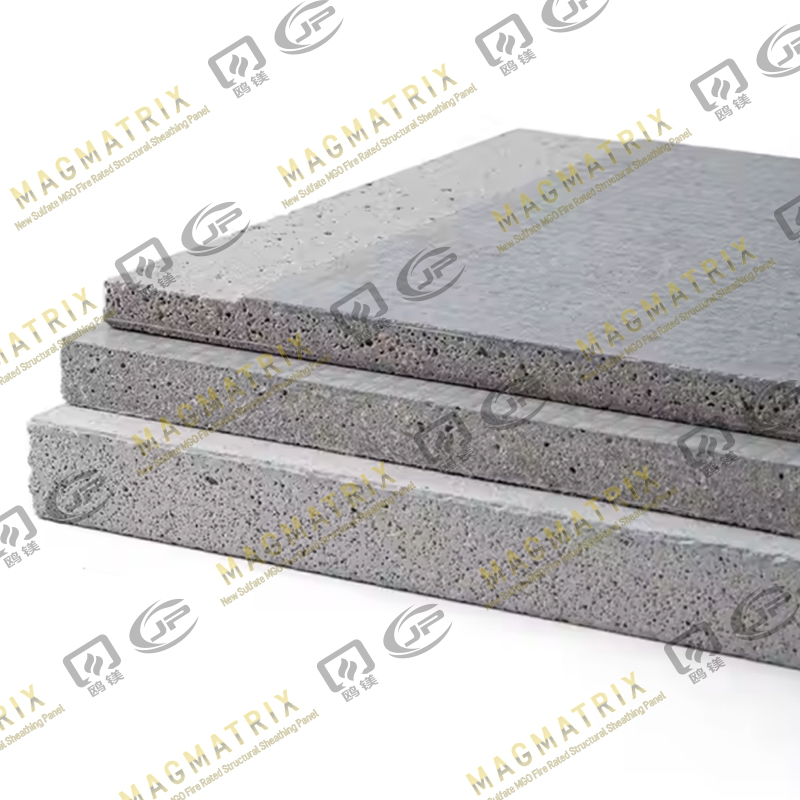
Surface Treatments Beyond Painting
Painting is not the only way to finish MgO panels. Other surface treatments can enhance appearance, durability, and functionality:
1. Tiling
MgO panels are commonly used as a substrate for ceramic, porcelain, or stone tiles. They provide a stable, moisture-resistant base. Before tiling:
- Ensure the surface is clean and flat.
- Apply a suitable tile adhesive.
- Use fiberglass mesh tape over joints to prevent cracking.
Tiling offers a long-lasting finish that is both decorative and protective.
2. Wallpaper and Decorative Films
MgO panels can support wallpaper or adhesive decorative films if the surface is primed and smooth. Key considerations include:
- Use a primer suitable for mineral-based substrates.
- Ensure the panel is flat and free of imperfections.
- Avoid using heavy wallpaper without reinforcement, as the panel may flex under weight over time.
3. Staining and Sealing
While traditional wood stains are not suitable, some mineral-based stains or sealers can be applied to MgO panels for a decorative effect. These are often used in artistic or architectural projects to highlight texture while maintaining moisture resistance. Always test a small area first to ensure compatibility.
4. Protective Coatings
For areas exposed to heavy wear, moisture, or chemicals, applying a protective coating can extend the panel’s life:
- Polyurethane or Acrylic Sealers: These create a tough surface layer.
- Epoxy Coatings: Ideal for industrial or high-traffic areas, providing superior durability.
- Ensure that coatings are compatible with MgO and allow for vapor permeability to prevent trapping moisture.
Common Challenges and Solutions
While MgO panels are versatile, some challenges may arise during surface treatment:
- Efflorescence: White mineral deposits may appear if moisture interacts with the panel. Solution: seal the surface with a compatible primer or waterproofing agent.
- Cracking: Improper priming, uneven surfaces, or excessive paint layers may cause cracking. Solution: sand and prime the surface and use multiple thin coats.
- Adhesion Issues: Some paints or adhesives may not bond properly. Solution: always test a small area and use primers designed for mineral substrates.
Best Practices
- Always follow manufacturer guidelines: MgO panels vary by brand and composition; refer to the technical datasheet for surface treatment recommendations.
- Allow panels to acclimate: Store and acclimate panels in the installation area to prevent expansion or contraction after painting.
- Use appropriate tools: Use brushes, rollers, or sprayers suitable for mineral surfaces to achieve a smooth finish.
- Ensure ventilation: Adequate airflow during painting or coating will help the finish cure evenly and prevent trapping moisture.
Conclusion
MgO underlayment panels can indeed be painted or surface-treated, but success depends on proper preparation, the choice of compatible paints or coatings, and awareness of potential challenges. By cleaning, sanding, priming, and selecting suitable finishes, these panels can serve not only as a durable base but also as an attractive and functional surface in residential, commercial, or industrial applications. Beyond painting, options like tiling, decorative films, staining, and protective coatings expand the versatility of MgO panels, allowing designers and builders to achieve both aesthetic and practical goals. With careful planning and attention to detail, MgO underlayment panels can be transformed from a purely functional substrate to a finished surface that meets both visual and performance requirements.
 BMSC 517 New Sulfate MgO Board
BMSC 517 New Sulfate MgO Board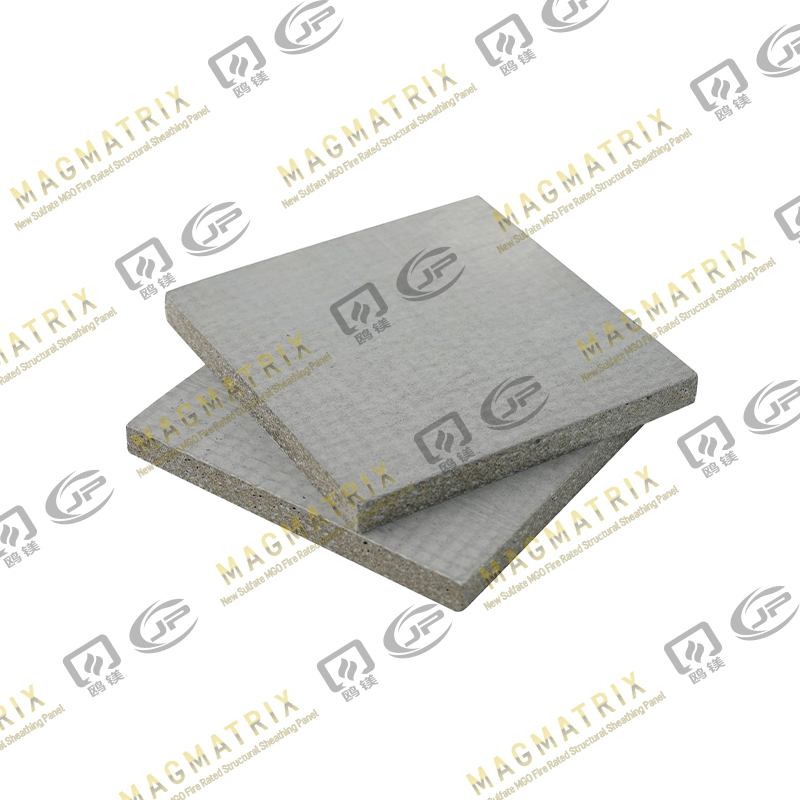 Multi-Support MgO Wall Sheathing Board
Multi-Support MgO Wall Sheathing Board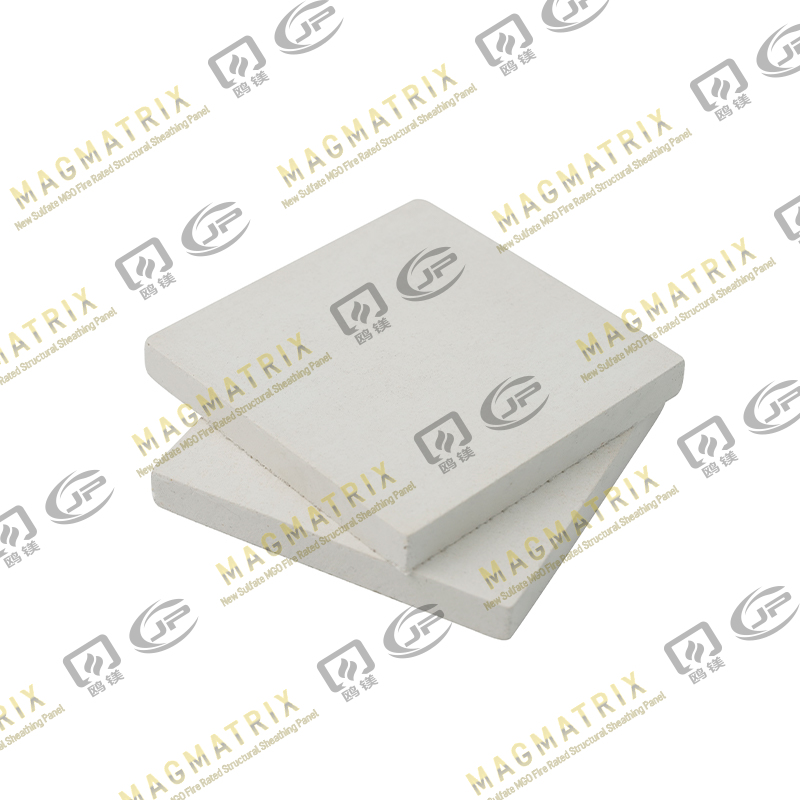 Perseverance MgO Wall Sheathing Board
Perseverance MgO Wall Sheathing Board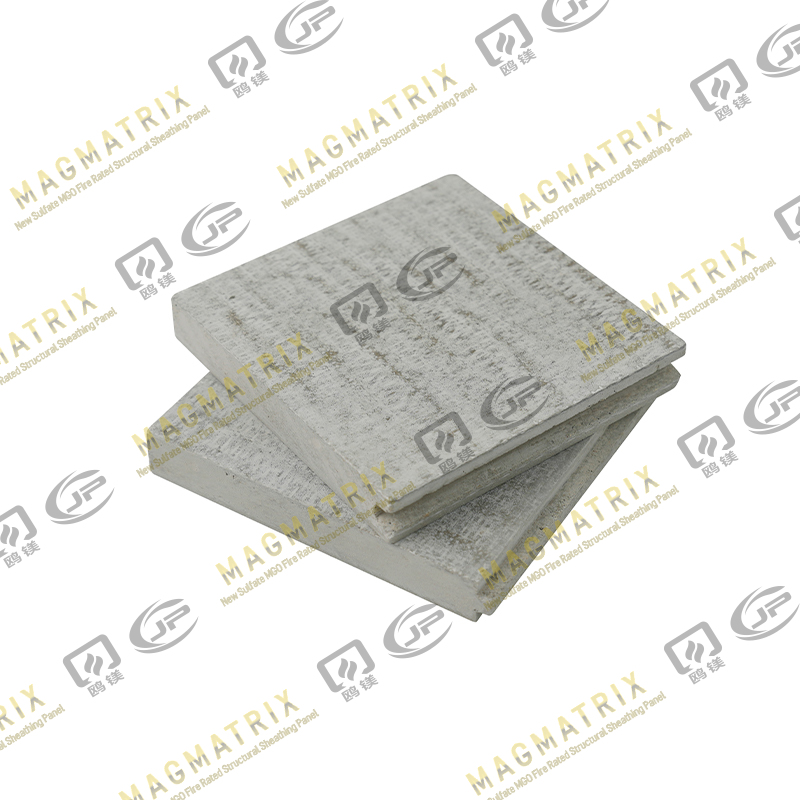 Multi-Support MgO Subfloor Sheathing Board
Multi-Support MgO Subfloor Sheathing Board Perseverance MgO Subfloor Sheathing Board
Perseverance MgO Subfloor Sheathing Board MagMatrix MgO Underlayment Panel/board
MagMatrix MgO Underlayment Panel/board


 English
English русский
русский Español
Español

